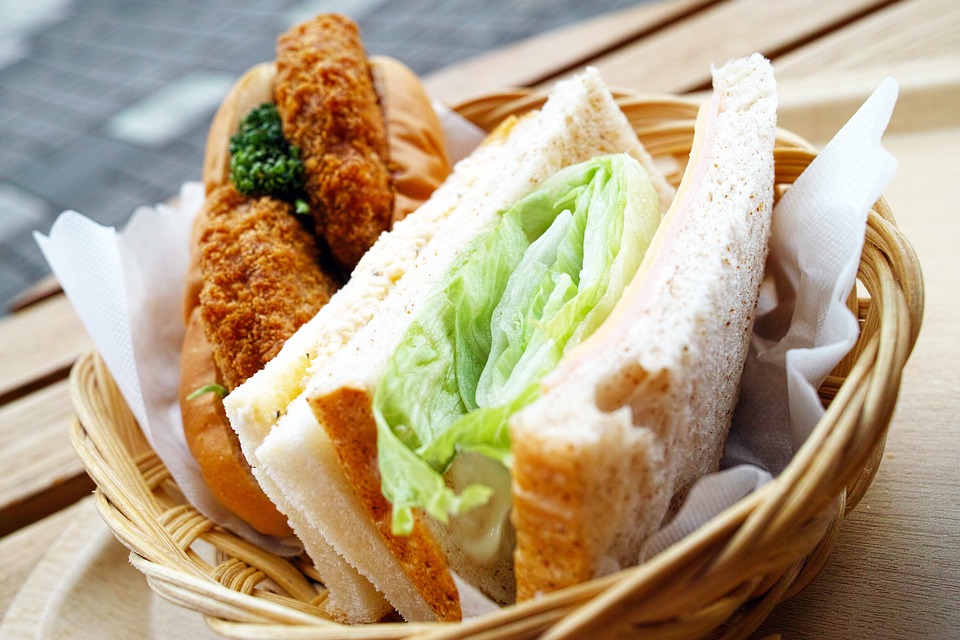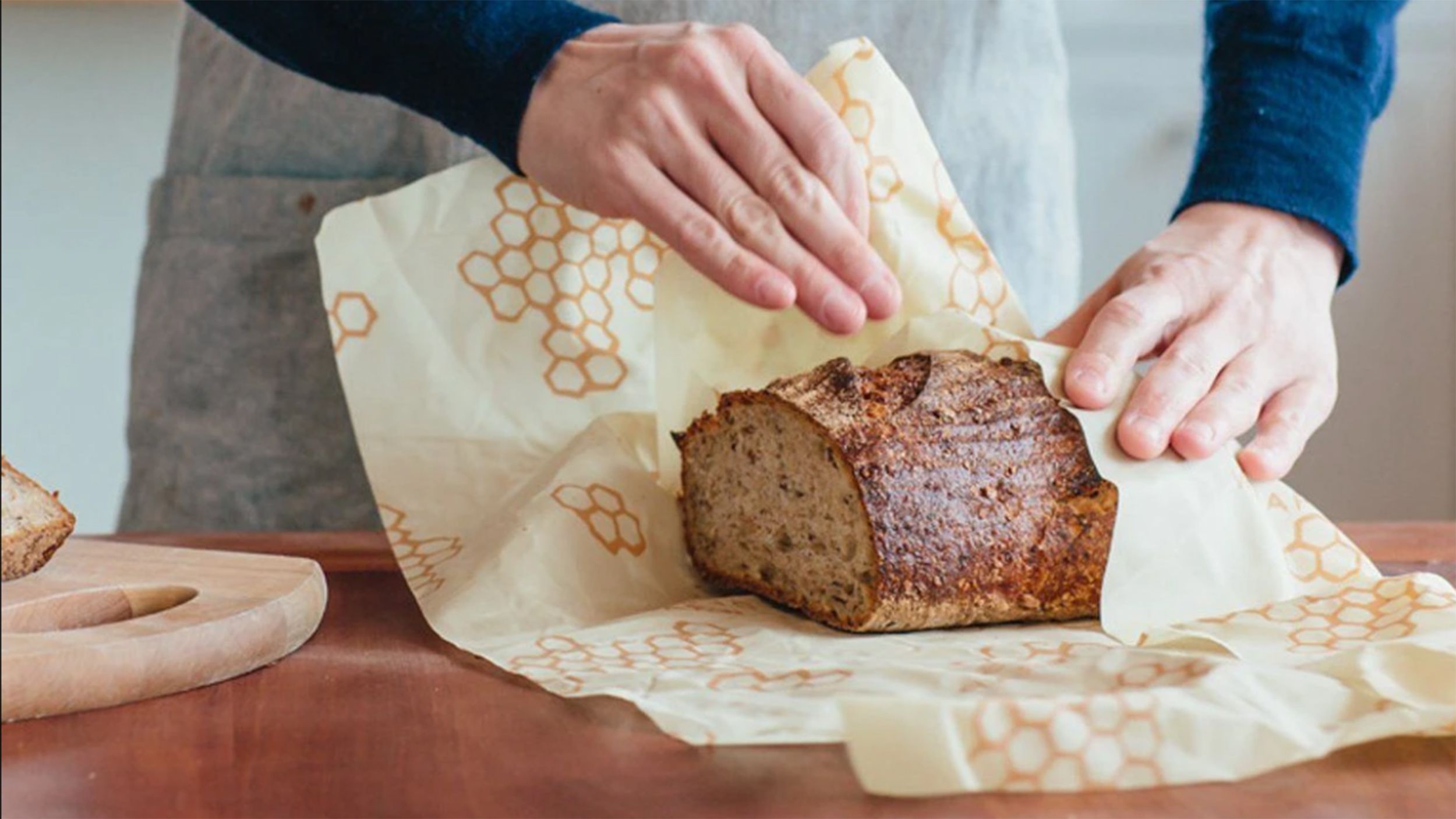Food packaging paper is a packaging product with wood pulp as the main raw material. It needs to meet the requirements of waterproof, moisture-proof, oil-resistant, and non-toxic, and must meet the packaging safety requirements of food. Traditional oil-proof food packaging paper often uses coated paper, that is, the plastic is coated on the paper with a casting machine to give the paper oil-proof properties.
However, with the introduction of my country’s “Plastic Restriction Order” and the increasing demand for environmental protection, a new wave of “green packaging” aimed at protecting the ecological environment has been set off around the world. “Green packaging” is conducive to the protection of the ecological environment and is harmless to human health. It can be recycled and used to promote the sustainable development of the national economy. However, the coated oil-proof paper has many disadvantages in production cost, environmental protection, and fiber secondary utilization.
Oil-proof food wrapping paper has obvious oil resistance. Oil droplets gather on the surface of the paper to form balls, and it will not pollute the paper if it stays on the paper for a long time. And the water resistance can be adjusted by adding the amount of alkyl ketene dimer. The paper has good air permeability, and when wrapping hot food such as hamburgers, it will not affect the taste of the food due to long-term wrapping. Furthermore, the traditional coated greaseproof paper is coated with plastic on the surface of the paper through a casting machine. Since the plastic particles are not degradable, it will have a greater impact on the environment. As people pay more attention to environmental protection issues, the use of non-toxic, harmless and degradable paper packaging is the general trend.
Post time: Feb-06-2023




